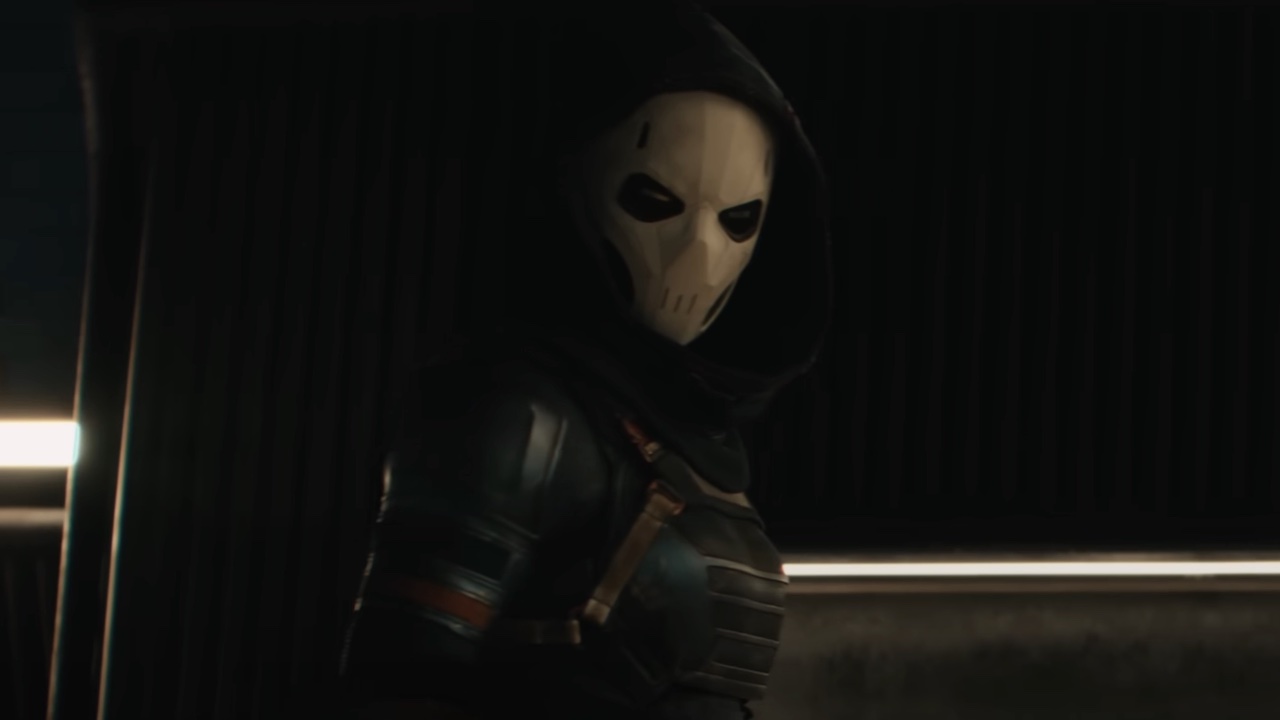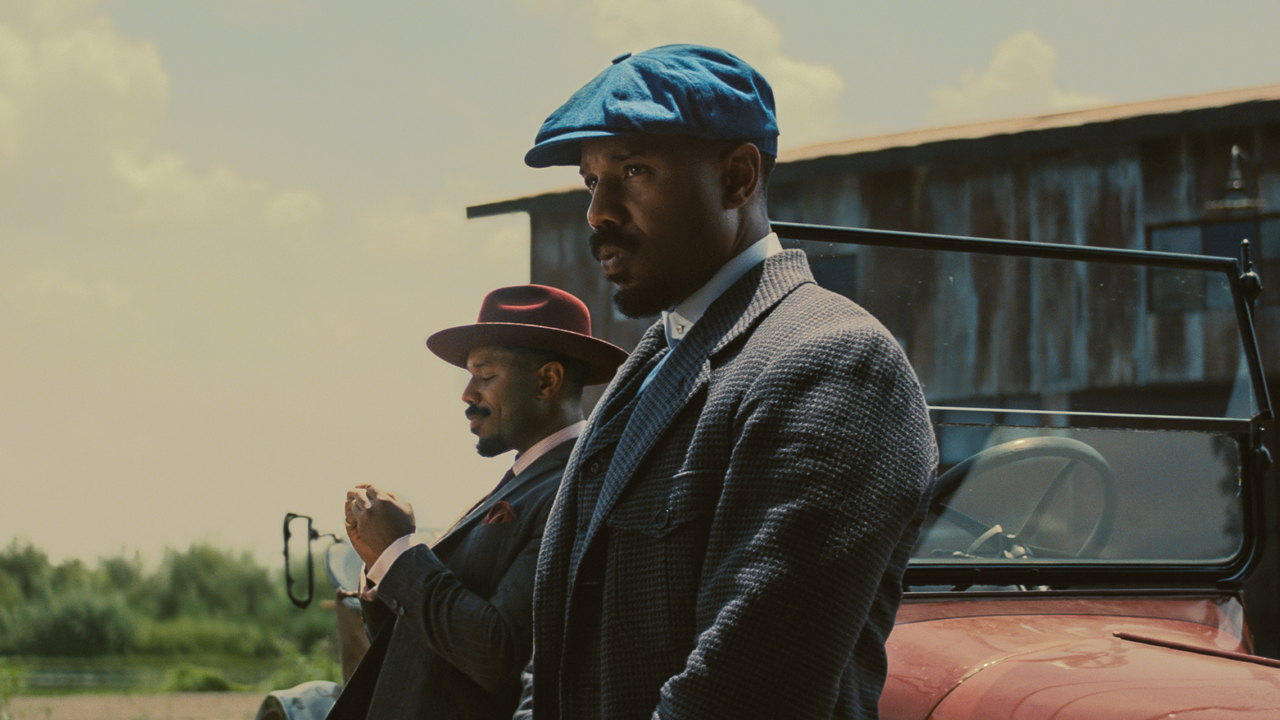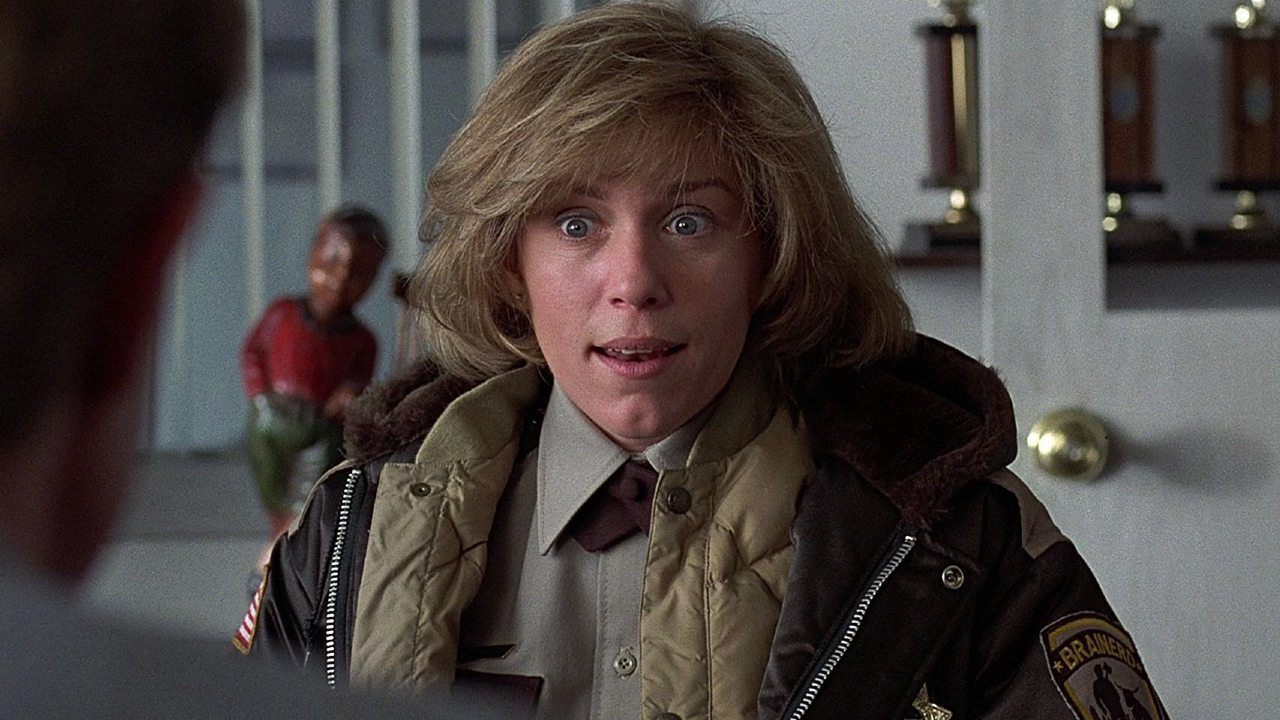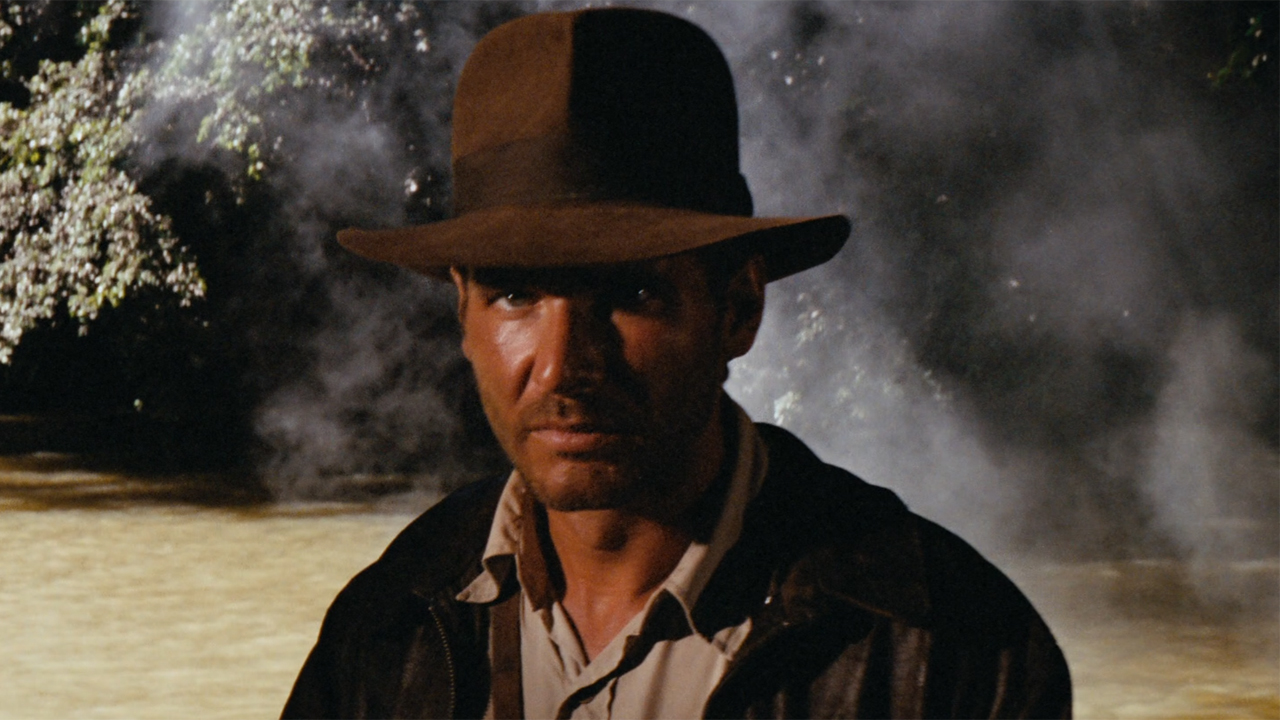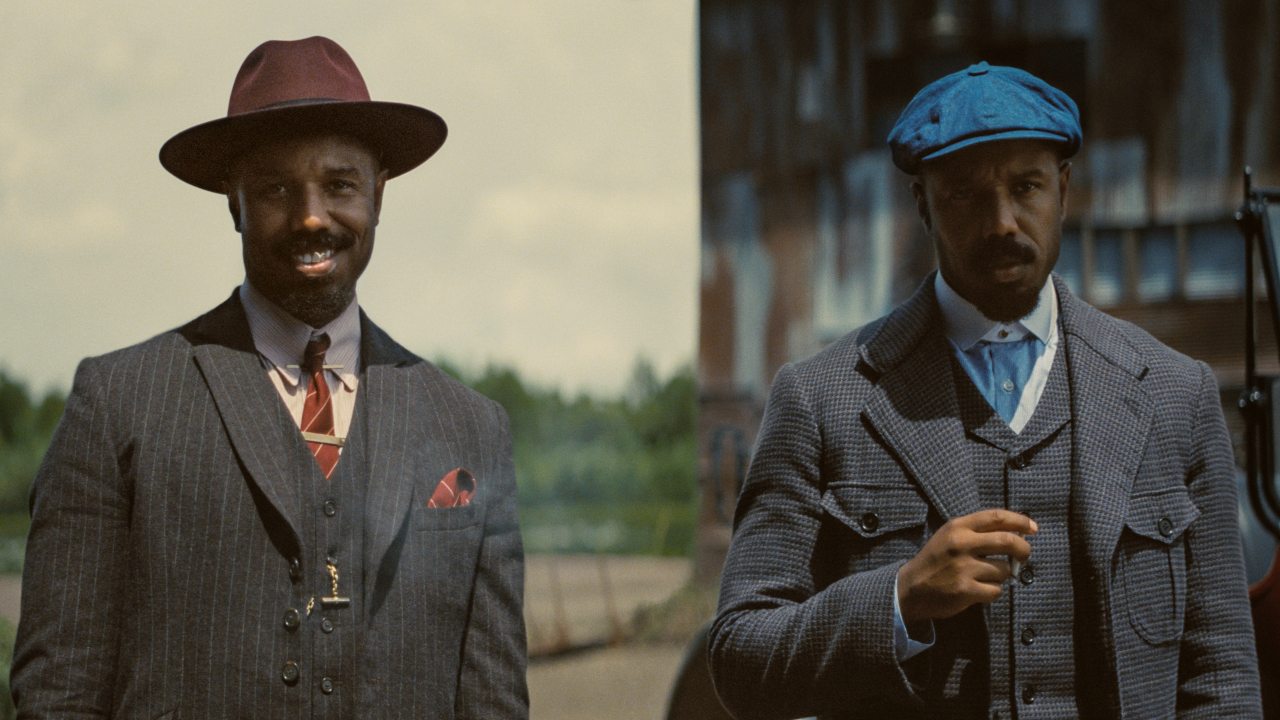Hellraiser: 6 Thoughts I Had While Watching Hulu's Horror Movie Reboot
What the hell did I watch?
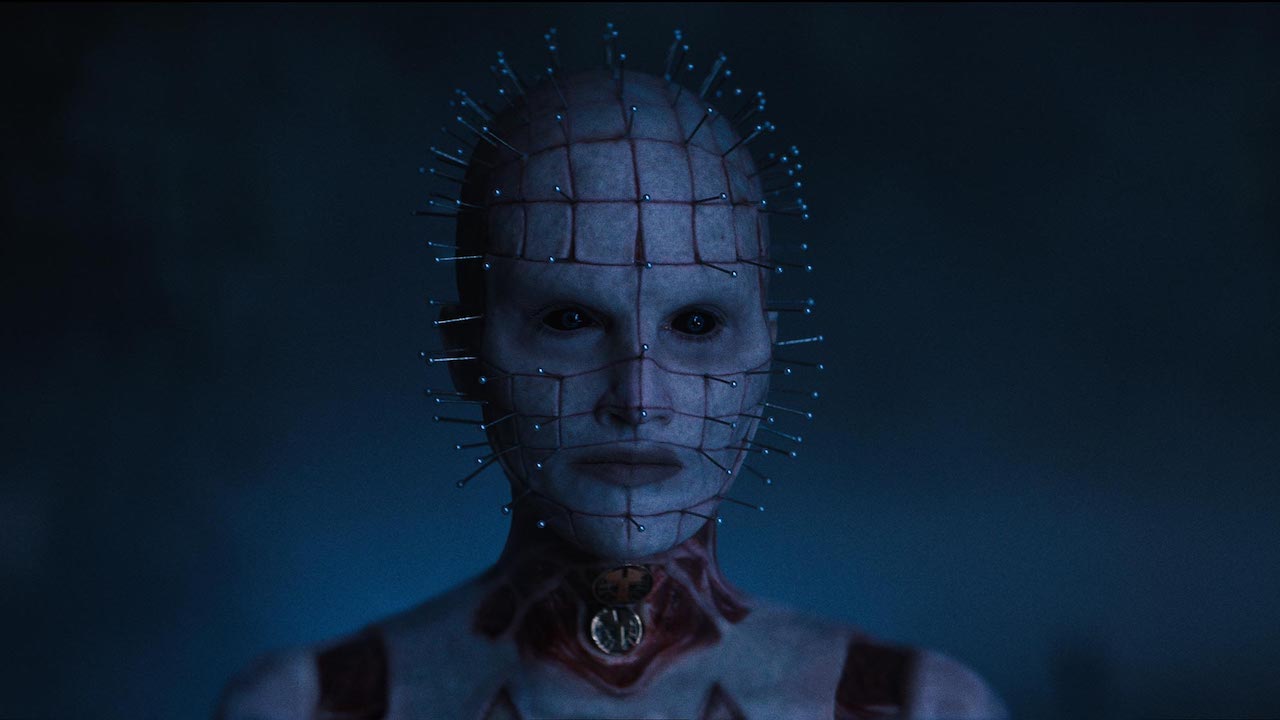
SPOILER WARNING: The follow article involves many major, specific details from the plot of Hulu’s Hellraiser movie.
Clive Barker is the kind of horror writer who does not only aim to scare or to disturb his audience, but to open their minds to concepts that may be unfamiliar to them or often go overlooked. For instance, I think that 1987’s Hellraiser (based on his novella The Hellbound Heart) is one of the most thought-provoking, let alone best, horror movies of its time — not just as a unique tale of romance driving people to commit grim acts, but as an introduction to the otherworldly lore of the demonic Cenobites. Thus, I am not surprised that Hulu’s new reimagining of the classic has the same effect.
Directed by acclaimed horror filmmaker David Bruckner and written by his The Night House scribes Ben Collins and Luke Piotrowski, the 11th installment of this brutal supernatural fantasy franchise follows a young woman who comes into possession of a strange puzzle box that introduces her and her loved ones to a terrifying world of pleasure and pain. Aside from my general opinion of it (which falls in line with its very positive critical reception), this visually stunning and hauntingly gruesome new horror movie gave me a lot to think about when I streamed it on Hulu. I have such sights to show in the breakdown of thoughts about Hellraiser below.
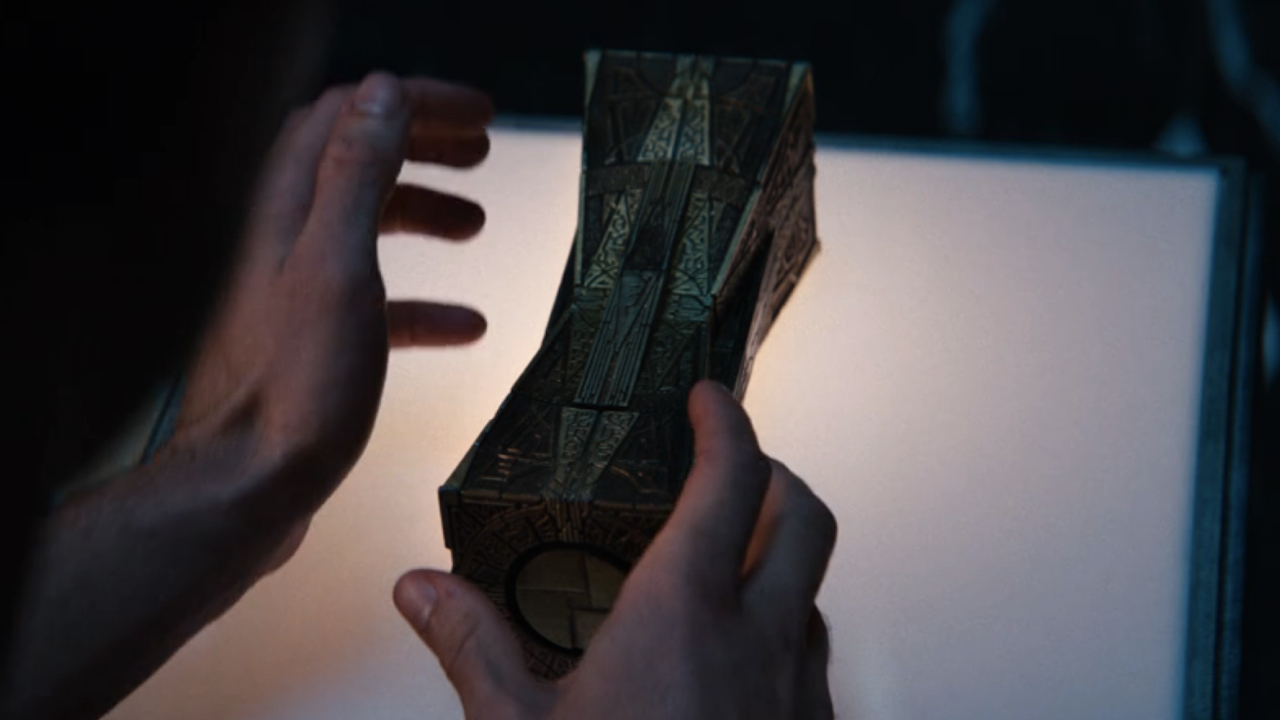
Looks Like The Lament Configuration Got A Makeover
The face of the Hellraiser movies is obviously the “Lead Cenobite” who came to be known as Pinhead (originally played by Doug Bradley before Jamie Clayton assumed the role with a refreshing ominousness in the new film). However, the franchise’s other most recognizable symbol is a puzzle box that summons the Cenobites called the Lament Configuration, which undergoes a major redesign (both in aesthetic and use) for the reboot. The very first shot of the box look identical to the original’s cubed design before the camera pans to reveal a new rectangular form.
We eventually learn that the box can actually be reconfigured into various shapes (the mechanics of which are probably impossible in the real world) and, with each new form, the user at the time becomes a sacrifice to the Cenobites. We first see the box here in a mansion belonging to entrepreneur Roland Voight (former ER cast member Goran Visnjic), who has been luring people into his home to unlock the next configuration and lead him one step closer to achieving the Cenobites’ precarious promise of pleasurable stimulation. Speaking of the Cenobites, they have also undergone a makeover of their own.
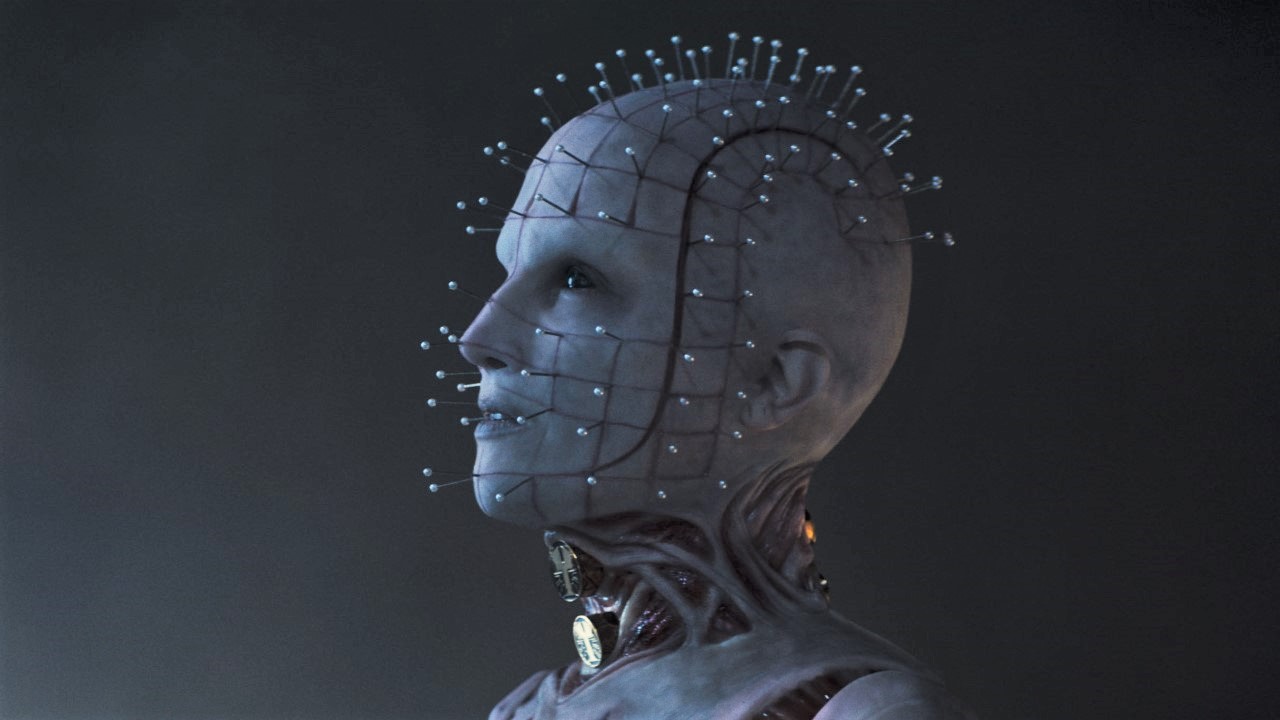
The Cenobites Have Never Looked So Grotesquely Creepy
I did not think that you could ever make a group of demons to some and angels to others like Cenobites even more frightening and odious than they were in 1987. So, how did the new makeup design crew go a step above chalk white flesh penetrated by distinct metallic objects with flesh meticulously ripped away to show muscles and ligaments under their BDSM leather suits? Well, they actually kept most of those other elements intact, but did away with the leather suits.
Yeah, these Cenobites stand before you fully nude, but it actually took me a second to realize that — not just because of the dim lighting, but their large slabs of missing skin and ritualistic symbols carved into the remaining flesh looked like clothing at first glance. I also came to notice that the new Cenobites all have one commonly shared element to their design: pins — the same pins that surround the head of Jamie Clayton’s Pinhead. That element is updated from Doug Bradley’s iteration, however, by giving them a pearl-shaped head and making them removable, which was pretty gnarly to watch her do.
CINEMABLEND NEWSLETTER
Your Daily Blend of Entertainment News
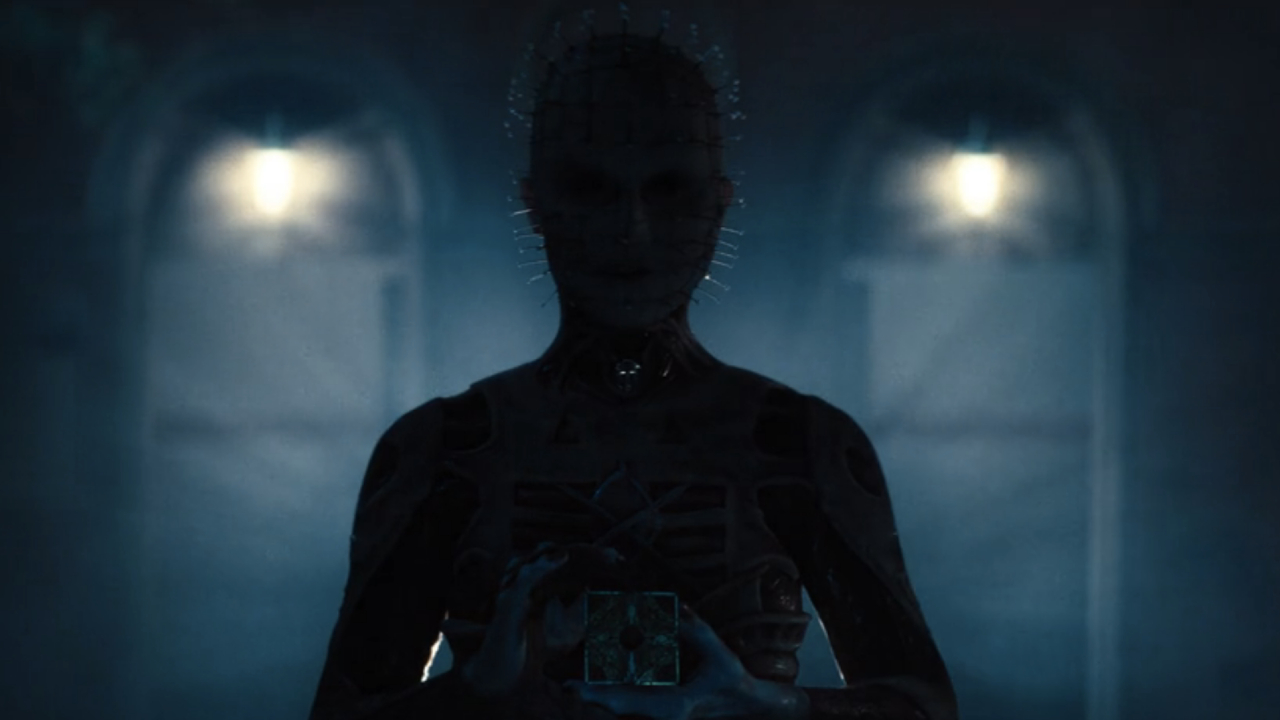
Initially Making The Cenobites Seem Like A Hallucination Was Clever
The first time the Cenobites appear in the new Hellraiser is also unique to the 1987 original because, at first, you could easily be convinced that they are not real, given the troubled past of our protagonist. Odessa A’zion plays a recovering addict named Riley, who comes into possession of the Lament Configuration when she and her boyfriend, Trevor (Drew Starkey), steal it. After she comes back to the apartment she shares with her brother, Matt (Brandon Flynn), and others later at night than usual, they have an argument and he kicks her out.
Riley then turns to her old coping mechanism — some unidentified pills she had hidden in her car — and decides to enjoy her high at a nearby playground, where she then tries to figure out this new puzzle box. This, of course, causes some real freaky shit to appear before her in the form of the Cenobites — which, in her current state, probably look especially horrifying and, to make matters worse, sounds like nothing more than a side effect of her secret stash when she tells the story later. However, Riley does mention in another scene that she did not take an hallucinogen, making her determined to figure out if there is more behind what she saw.
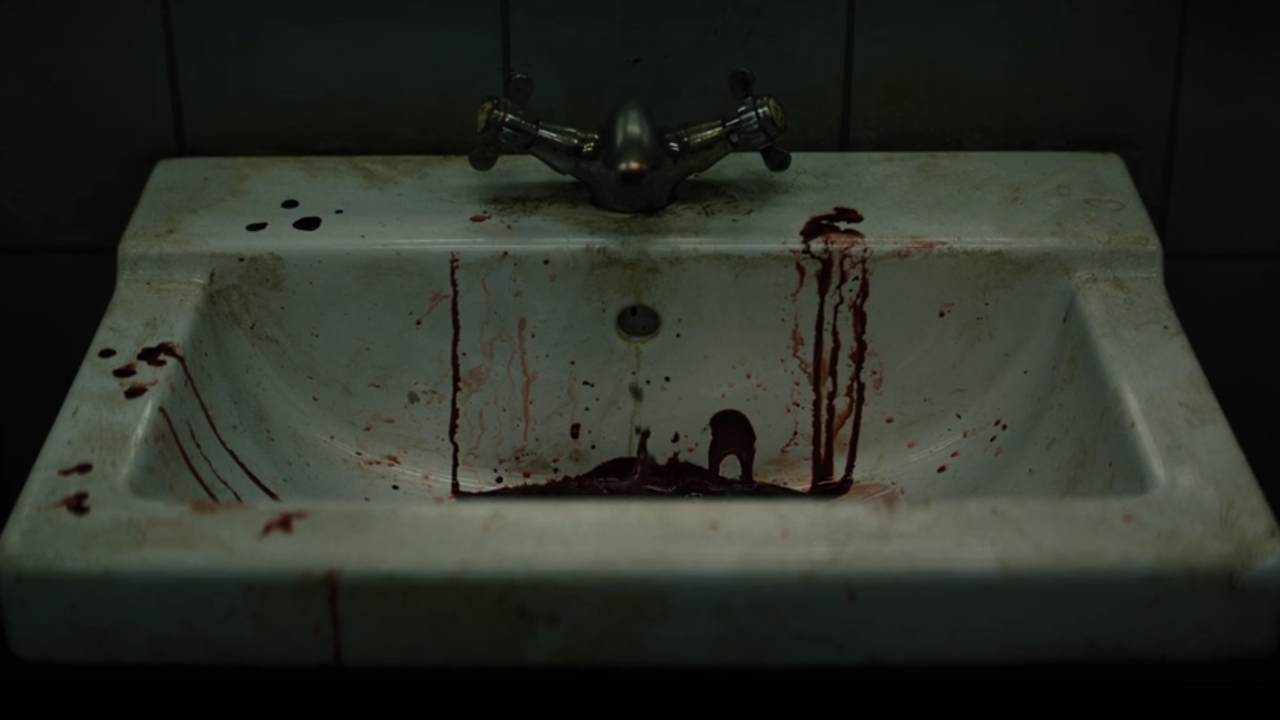
I Felt Like I Was Having A “Stephen King’s It” Flashback For A Second
It is not unusual for horror movies to share some stylistic or even plot specific elements with one another, especially when we are talking about a reboot of a famous property… like now. However, there was a moment in the new Hellraiser that reminded me of an iconic scene from an entirely different horror franchise that involves a sink full of blood. Yes, I am talking about the crimson explosion in young Beverly Marsh’s (Sophia Lillis) bathroom from 2017’s It.
After Riley’s episode with the Cenobites, Matt finds her passed out at the playground and, in trying to wake her up, grabs the Lament Configuration, cuts his hand on its protruding blade (sealing his fate as the Cenobites’ next sacrifice), and then goes to the nearby bathroom to clean the wound. Before the demons make their entrance to pull him into their realm, a woozy Matt notices that the blood he just rinsed into the bathroom sink is starting to bubble up from the drain, which initially had me convinced we were about to see a new take on that grisly moment from the 1980s-set Stephen King adaptation mentioned above. Thankfully, that turned out not to be the case, which would have been a departure from the Cenobites’ more discreet MO for capture, anyway.
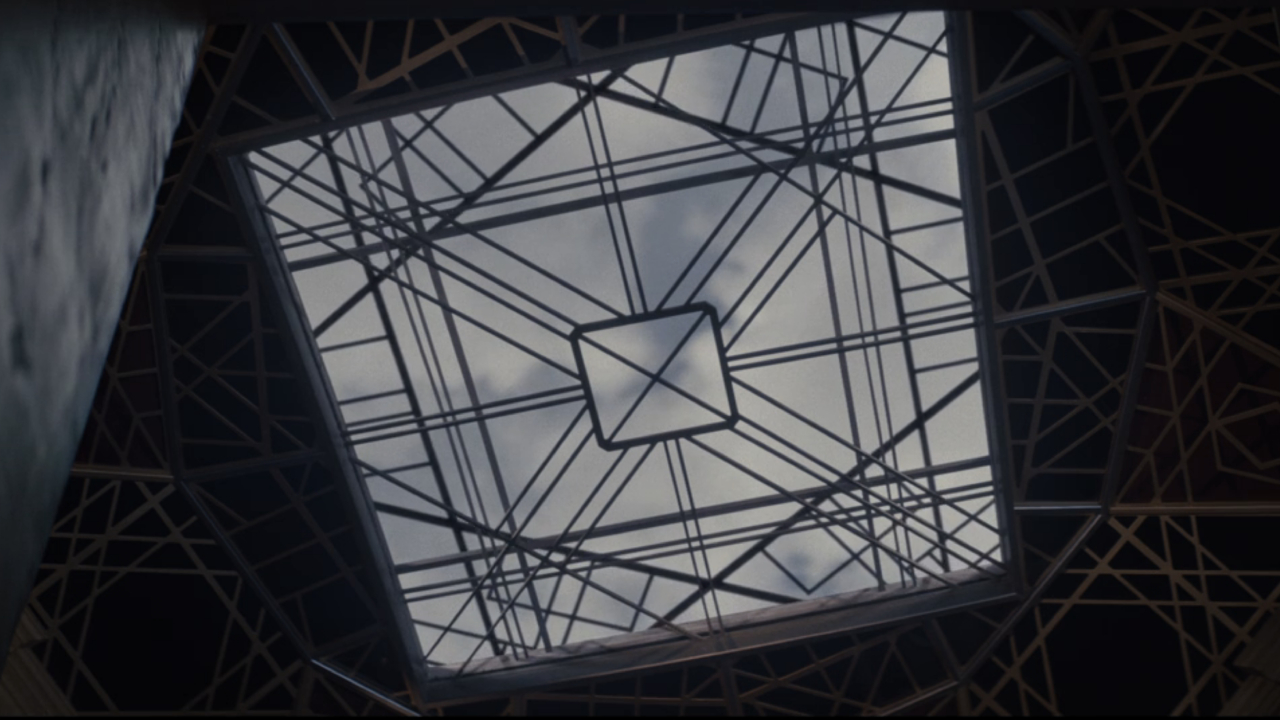
Oh My God. Roland’s House Is A Giant Lament Configuration
The entire second half of Hellraiser takes place at Roland Voight’s mansion, which Riley’s investigation into the Lament Configuration leads her to find covered in, essentially, a metal cage bearing an awfully familiar and distinct aesthetic. After Riley manages to sneak inside, she finds the large center hall from the cold open and looks up to find a skylight that not only looks like the design of the Lament Configuration, but the metal structure actually moves with the flip of a switch.
That’s right. For Voight, possessing the Lament Configuration was not enough and he had to convert his house into a larger than life replica, perhaps hoping that would bring him closer to reaching contact with the ruler of Hell itself, Leviathan. Also, at this point, we have been under the impression that the wealthy occultist is dead, but he is actually suffering from an even worse fate and the first of two he would actually suffer in the film.
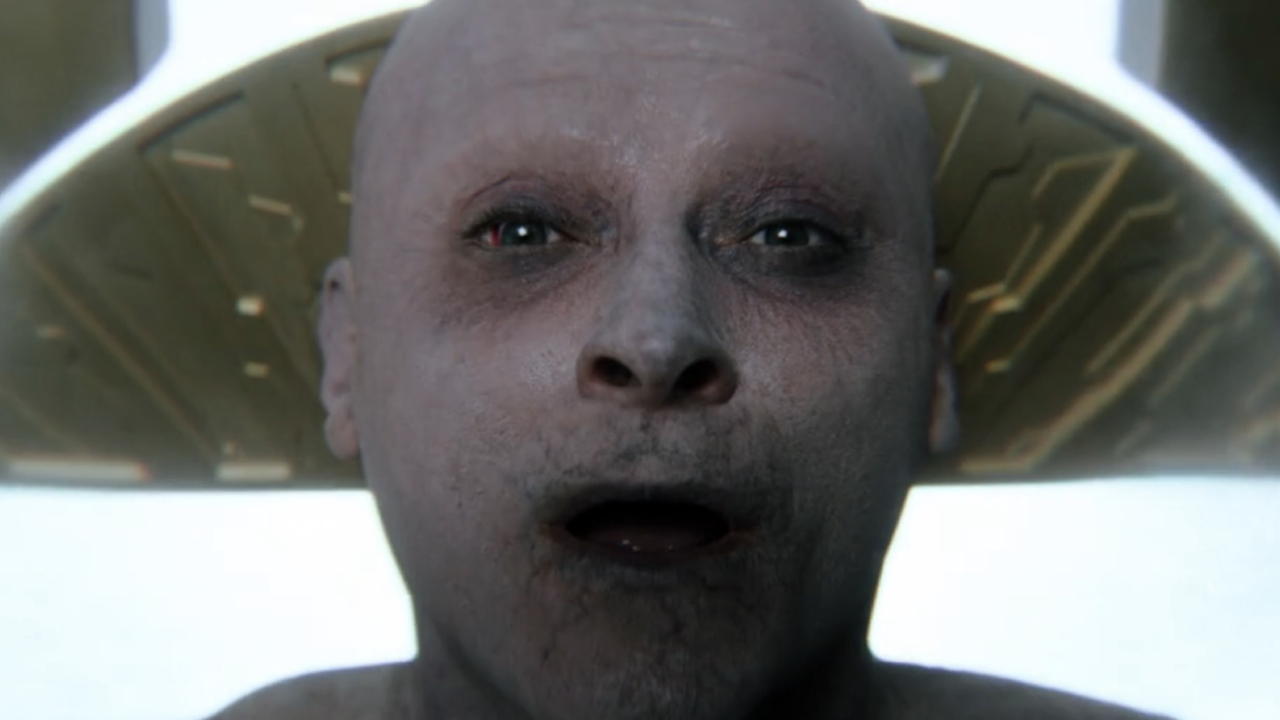
The Process Of A Human Becoming A Cenobite Is Unbelievably Horrifying
We discover that all of Riley and her friends’ suffering has, mostly, been part of a plan by Voight to make contact with the Cenobites again so they can cure him of how they “rewarded” him six years earlier: attaching a bizarre contraption through his chest and out his back that, literally, twists his nerves and keeps him in constant pain. By the end, he is successful in getting the machine removed, but before he can celebrate freedom, he is impaled by a chain and pulled toward Leviathan to become the next Cenobite.
Now, previous Hellraiser movies have shown us how humans are turned into Cenobites (such when the opening scene of Hellbound: Hellraiser II showed us Pinhead’s origin), but nothing quite so graphically unsettling as what happens to Voight. In the final scene, we see him — now completely hairless and naked with chalky white flesh — wake up to see particular areas of his flesh slowly torn away and folded over on his hands, arms, feet, and mouth, which act as an anchor to crucify him to a phallically shaped, golden structure. This is how he is destined to live for eternity and, while I do not quite feel bad for him, it was not easy to watch.
Nonetheless, Hellraiser is a great new entry to an already great year of horror movies that I think I will watch sometime again in the future — perhaps as a double feature with the original film. You can stream the new Hellraiser on Hulu yourself right now.

Jason Wiese writes feature stories for CinemaBlend. His occupation results from years dreaming of a filmmaking career, settling on a "professional film fan" career, studying journalism at Lindenwood University in St. Charles, MO (where he served as Culture Editor for its student-run print and online publications), and a brief stint of reviewing movies for fun. He would later continue that side-hustle of film criticism on TikTok (@wiesewisdom), where he posts videos on a semi-weekly basis. Look for his name in almost any article about Batman.
